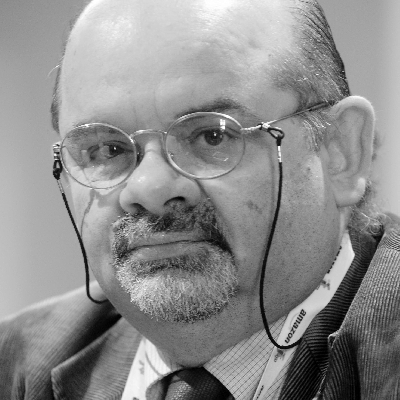Circular economy 2.0. This is how we could define the new phase of sustainable economy where the developments of the industrial supply chains generating waste are analysed, i.e. the processes that can reuse it as secondary raw materials by “inventing” intermediate stages. All this accompanied by great care for a correct economic balance of the processes that must remain on the market, otherwise the specially designed methodologies will not be utilized. It is a painstaking job, constantly searching for that balance that, up to a few years ago, seemed impossible to keep. Recycling quality is the cornerstone of the circular economy on which it depends for its very development. Its improvement will rely on technological innovations, but also and above all on social ones in the short term, because a huge demand for recycled matter is expected over the next few years. In Italy, an update of the Codice degli Appalti (“Public Procurement Code”) demands, within the supplies linked to public contracts, an increasing share of recycled material. This happened after the specific formulation of the Green Public Procurement (GPP), as the driving force of the circular economy.
Recognizing Quality
In our quest to discover recycling quality we shall start at the end of processes, namely the environmental label, set up by ReMade in Italy, certifying the percentage of matter from recycling within a “re-product.”
“The theme of quality of recycling and ‘reproducts’ is closely linked to that of traceability: in collections, in management at supply chain level, in the MPS and reproduct manufacturing. But this is not all” states Simona Faccioli, director for ReMade in Italy. “Today we are experiencing a new phase, where the use of recycling material is a core value for the product, while up to a few years back companies would hide the use of recycling material because they regarded it as an unrewarding factor in terms of marketability.” Tracing processes allows us to highlight excellences: “In Italy there are striking examples in this respect: besides the excellent and well-known results in packaging, there are truly innovative businesses, as is the case with the regeneration of used oils: such waste, amongst the most polluting, becomes a new product with equal or better performance, rather than being discarded with devastating environmental impacts. Or suffice it to think of the construction material sector, recovery, with innovative processes of waste and ash, the use of materials from tyres, from WEEE.”
It is a matter of traces, to remember the flow of materials and their management. The fact that behind all this there are laws on waste providing for a series of obligations helps the certification process because it is a matter of sorting everything out according to the traceability scheme by ReMade in Italy. “Once all the information on the provenance and processing of waste is obtained, with the flow and final mass balances we can state beyond any shadow of a doubt that a particular product contains that exact percentage of recycling material, as well as where it comes from and what route it went through” Faccioli concludes. The fact that an independent and accredited third-party body states this makes such certification a required tool in “GPP bids.” This is a growing trend that is bound to expand even more when GPP becomes even more widespread in public administration. Hopefully, in the not too distant future.
Supply Chains of Excellence
After labelling, let’s have a look at what happens in practice out there. In order to do that we are going to Veneto, to Gruppo Veritas to be more precise, a leading multi-utility in the field dealing with waste and water management. The Group can boast excellent results in separate waste collection: the first five municipalities – amongst the 45 covered by the company for waste – range from collection percentages between 87.03% in Fossalta di Piave to 80.43% of Scorzè. This in a territory – the Venice province – where together with 900,000 inhabitants there are as many as 42 million tourists (almost 2/3 of the total visiting the region), that have been constantly growing over the past 10 years. Such development has a strong impact in many sectors and also in the management of separate waste collection that in the Venice province has reached 61.5% in 2014, 63% in 2015 and 64.52% in 2016 nonetheless. For some time now, the Group has wrestled with the question of the quality of matter regenerated from recycling and also with the certification of the supply chain/platform. On the one hand, this further guaranteed the outgoing material and on the other it calibrated the recycling process. This is what is happening to the dry waste fraction, whose traceability, according to the company, is key. “The whole of our dry waste fraction is not landfilled, but it is turned into CSS (secondary solid fuels), says Giuliana Da Villa, head of the quality and environment for Veritas. “After tracing matter flows of mixed waste, it clearly emerged how many more substances we could recover and that can therefore be reintroduced in the recycling circuit.” Tracing such cycle – Veritas believes – means improving the environmental performance of recycling in general by recovering not just useful matter. The study was useful in that it determined how much can be recovered from dry waste and, through a series of detailed product analysis, it emerged how much useful material could be recovered if all citizens were diligent and virtuous in separating waste. A system that allows having certainties with regard to objectives and to have specific industrial prospects. General waste production and in particular that of dry waste are dropping. The company is thus revising its plants with a view to selecting waste even more accurately before it becomes CSS, thus lowering its production. “Closing this loop is for us represented by the fact that the obtained CSS is used to produce power not in a dedicated plant, but as an added fuel in the neighbouring Enel thermal power plant, as a replacement for a coal share – continues Da Villa – where in an experimental phase first and then with the plant functioning at operating speed, it emerged that the environmental performance of the plant with regard to emissions can even be improved.
It is about the enhancement of waste that after being exploited to the full is recycled and is reintroduced into the network as energy.”
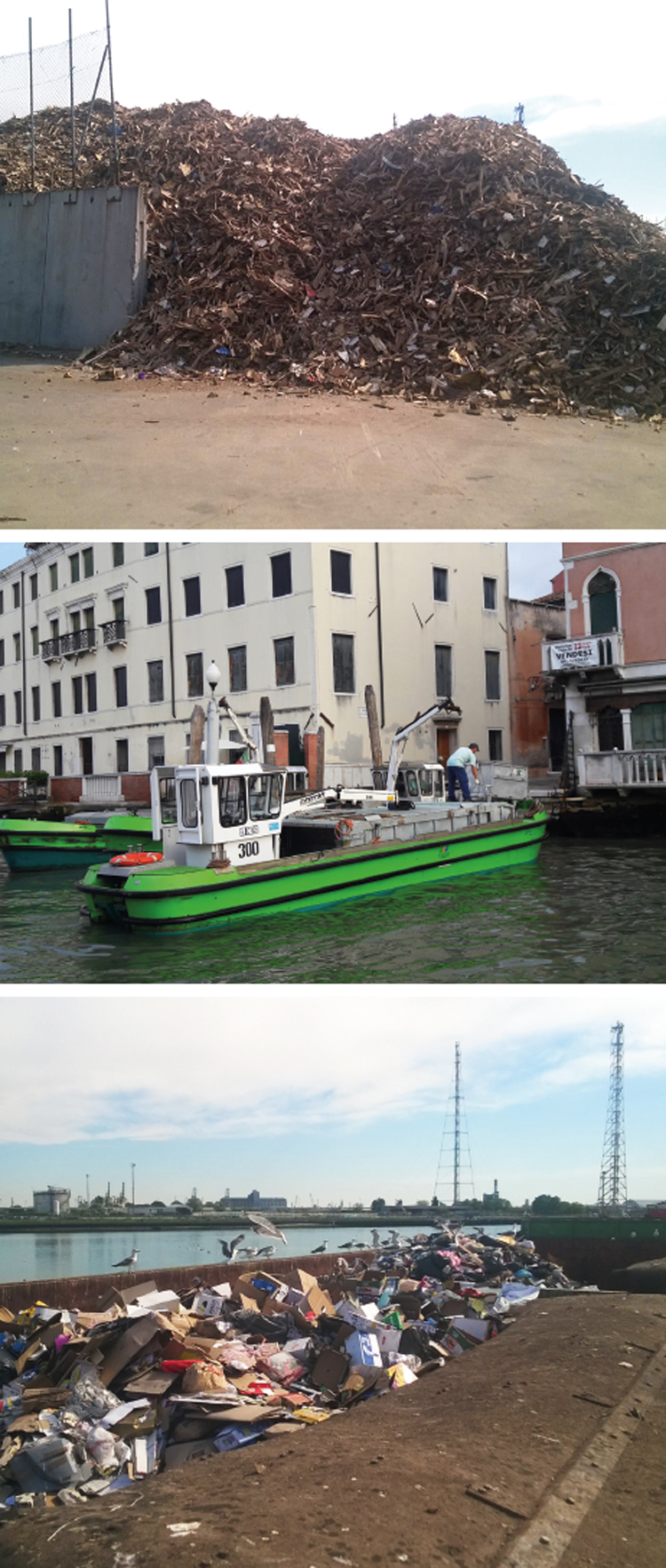
There is no social opposition and the 45 municipalities have accepted the decisions on change and plant upgrading unanimously. But there is more, Veritas is also developing a direct relation with companies using the outgoing secondary/raw materials. While there is already a project for glass, with regard to wood, traceability made it possible for the material derived from separate waste collection to be directed to the production processes of Fantoni company. Not only will they reuse it, but they will also be able to certify the percentage of raw materials that have not derived from primary sources. Result? Closing the loop of the supply chain. Traceability, which is essential for the optimization of the recycling industrial process and to reach the environmental legal targets with regard to actual recycling, has also another advantage. That of feeding back to each Municipality the carelessness of citizens towards separate waste collection and the dry waste fraction, turning such inefficiency in environmental as well as economic cost data. This can act as powerful leverage to improve the collection phase because it allows mayors to communicate how many resources could be saved by improving and intensifying separate waste collection while improving environmental performance. Indeed, a few mayors used such data to encourage citizens to further improve the quality of separate waste collection and to decide how to use the money saved. In terms of traceability, Veritas is comparing communication with the increase in the quality of separate waste collection to ascertain whether there is a link.
Let’s now move to Tuscany where Sienambiente is operational on the intermediate phase of waste recycling after separate waste collection and focuses on plants and their modernization, achieved following two different rationales. The first aimed at meeting specific requests by bodies involved in the waste management cycle, while the second is about plant updating decided by the company.
“Either way we try and adopt innovations and improvements with great care, by applying criteria in line with current regulations but also sector directives and BAT (Best Available Techniques),” says Fabio Menghetti, Sienambiente’s technical director. The common denominator is recovery, above all of matter but also of energy across the board not only from separate waste collection but also from residual flows.
Sienambiente also takes environmental protection very seriously by equipping its plants with the most evolved and efficient devices in order to reduce to a minimum the environmental impact and using the most suitable technologies to reduce potentially polluting emissions, but also noises, smells etc.
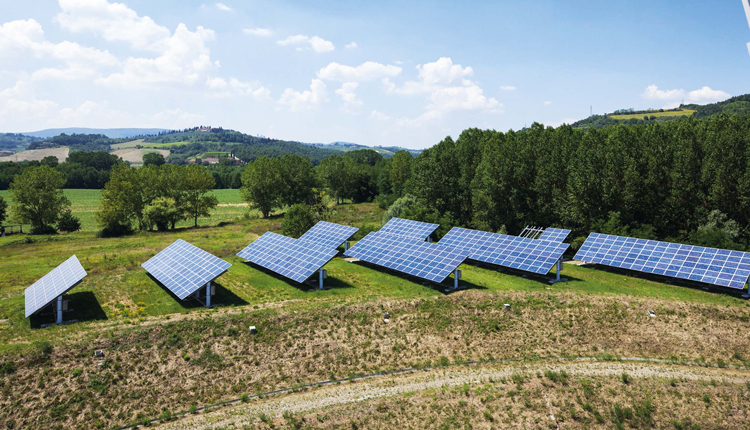
The same level of care is applied to the concept of matter recovery where the improvements obtained thanks to the constant updating of plants are both quantitative and qualitative, thus obtaining marketable materials at their highest possible value.
“Today, in order to obtain best value – explains Menghetti – it is necessary to insist on quality. So, we are currently focussed on maintaining a balance between quantity and quality of the outgoing matter, giving priority to the latter. Meanwhile, it is important to reduce waste in order to keep to a minimum the most expensive component from an industrial point of view.”
As things stand today, the quality of incoming material from separate waste cycles is not homogeneous, because it comes from heterogeneous collection methods, not carried out by Sienambiente.
“With the technologies available today for the processing of separate waste collection, there is a very close connection between quality of incoming flow to plants and quality and quantity of outgoing matter, so it is necessary to take important actions with regard to separate waste collection” claims Menghetti. “Low quality separate waste collection means higher treatment costs and more waste as well as lower quality of obtained material. Our challenge is to update processing methods and machinery so that we can depend less and less on collection quality.”
Sienambiente’s ultimate goal is to manage plants able to obtain usable material also with previously non-selected matter, thus overcoming problems in the separate waste collection phase. This can be achieved by adopting solutions that, thanks to their efficiency and effectiveness, will pay off investments without affecting prices. The on-going evolution of technology with new optical and ballistic systems, for example, will help Sienambiente in such challenge, but at the same time it would also help separate waste collection, in particular the organic fraction.
Sienambiente closed 2016 with a €2.11 million profit, as a result of 1.6 million investments with the growth, as it happened over the last three years, of the operating margin. Alessandro Fabbrini, Sienambiente’s chairman, describes the company’s business model in this way: “Sienambiente has dealt with waste management and then recycling since 1988 and has guaranteed the Siena province plant self-sufficiency, totally avoiding waste exports. The company boasts a plant for selection, waste-to-energy treatment and composting. The latter offers excellent certified compost for organic agriculture identified by the trademark, ‘Terra di Siena.’”
“In such context” continues Fabbrini, “plants are the key element for the circular economy linked to waste recycling, in order to give materials from separate source collection a new life and to involve neighbouring supply chains that can bring environmental as well as fresh advantages. It is about utilising local solutions to global problems, by managing the non-recyclable or reusable fraction of materials in our waste-to-energy plant, and the remaining part, constantly dropping, in landfills. We believe we have built an efficient system for waste management.”
“The prospects for improvement are linked to raising operating efficiency of the recycling sector, as is the case with the selection plant where we have recently installed a new system for refining compost that reduces processing waste considerably. Another objective is to reduce greenhouse gas emissions, for example with PVC, from the biodegradable waste fraction and the waste-to-energy treatment of the non-recyclable fraction. This means producing 70% of energy we use from renewable sources with a drop of 26,700 tonnes of CO2 in 2016, a better result for about 1,000 tonnes compared to 2015.”
Tackling Complexity
Still in Tuscany, but we are now turning to plastics. The Revet plant, in Pontedera (Pisa) produces the plasmix granule from heterogeneous plastics, representing almost 55% of the packaging weight, thus avoiding their incineration. Thanks to such advanced technology, a quality end product equal to the virgin material is obtained.
Any injection moulded plastic object can use plasmix from recycling made mostly of compatible polymers, low and high-density PE and PP in variable proportions. So, the problem are not recycling technologies but the quantity of discarded material due to poor quality of separate waste collection. “Today we are faced with far too much waste that must be disposed of because it is not recyclable” claims Diego Barsotti, Revet’s Head of Communication. “It is packaging not dropped in the right containers. So costs are higher and the percentage of outgoing recycled material is lower.” The cultural approach to the recycling issue is also relevant: we have been focussing on the collection quota for far too long. Revet reports waste percentages in the region of 10-15%, but there are worse situations. Moreover, it is surprising that over the last few years the company has experienced a worsening in the quality of separate waste collection, while quantity has increased. This applies to all materials used by Revet, not just for plastic. The company claims there is a problem in the campaigns raising awareness on separate waste collection, where more detailed communication would be required. Revet can give practical examples: “Those discarding their sneakers, a rubber hose or a football in the separate waste collection bin are hardly aware of the damage this inflicts on separate waste collection, but this is a gesture fuelled by reasoning by analogy like, ‘after all rubber is similar to plastic, so it can be recycled,’” continues Barsotti. While from a certain viewpoint it is clear that product analyses on waste characteristics should not be expected from citizens, from another it should be shed some light on the difference between packaging and various types of waste to include in the flow of separate waste collection.
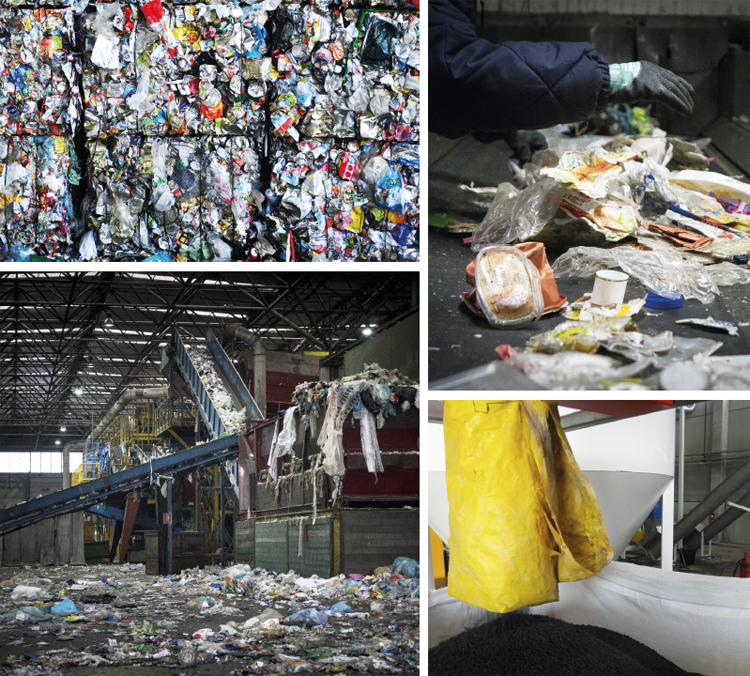
That’s why Revet is working on new selection plants and on supply chains. With regard to glass, it purchased a plant in Empoli, where pronto forno (“ready oven”) is produced, a semifinished product derived from cullet directly reaching glassmakers. This is the new frontier for innovation: expanding one’s reach to other pieces of the supply chain to “produce” efficiency in recycling and therefore value.
Recycling’s Pieces de Resistance
Fibre has seven lives. We are talking about that of cellulose with which paper is produced. Over time this has sanctioned the success of the recycling of such material and the establishment of its supply chain. Today the evolution of the recycling process focuses on collection with Comieco (the National Consortium for the Recovery and Recycling of Cellulose-based Packaging) that has been investing for years in order to increase paper and cardboard collection in the most problematic areas: Southern Italy.
“The 2016 data are very positive for two reasons” reveals Carlo Montalbetti, Comieco’s general manager. “First, the increase in collection at national level is over 3%, which is a sign of consumption recovery and the enlargement of the collection area. It means 100,000 tonnes more, of which 50% in Southern Italy where there has been a 9% rise.” So, Southern Italy confirms it has embraced separate waste collection of paper and cardboard. “It is the result of a strategy that has been set up for a long time and that is proving successful,” continues Montalbetti. “The process of modernization of waste management of paper and cardboard saw Southern Italy aligning itself with the collection rates of the North and Central Italy. Southern Italy has still some way to go, but it is going in that direction.” The gap is about 20 kg per capita. The South is around 30, while the national average is over 50. But in the South the situation is uneven. Sicily and Calabria, for example, are lagging behind compared to Puglia and Campania that are rapidly catching up. Naples is a striking example: in a year there has been a 20% increase. The ingredients of such performance have been the determination of the public administration, the managerial ability in the collection management and – points out Montalbetti – “the role of Comieco, that allocated €7 million in 2015 for the industrial plans in Southern Italy, investing in means of transport and equipment.” An essential aspect is the ability of citizens to dispose of materials in a correct way. As for the innovation process, a dozen paper factories introduced systems to monitor both moisture and the presence of inappropriate material such as plastic, in paper and cardboard from separate waste collection. There is potential for improvement. There are still 600,000 tonnes, mainly in the South, of waste paper that is landfilled which could be collected and recycled in waste-to-energy plants. Two large industrial plants for the production of cardboard are being opened. They will require a considerable amount of waste paper. So there will be a period of development of the system of paper and cardboard collection.
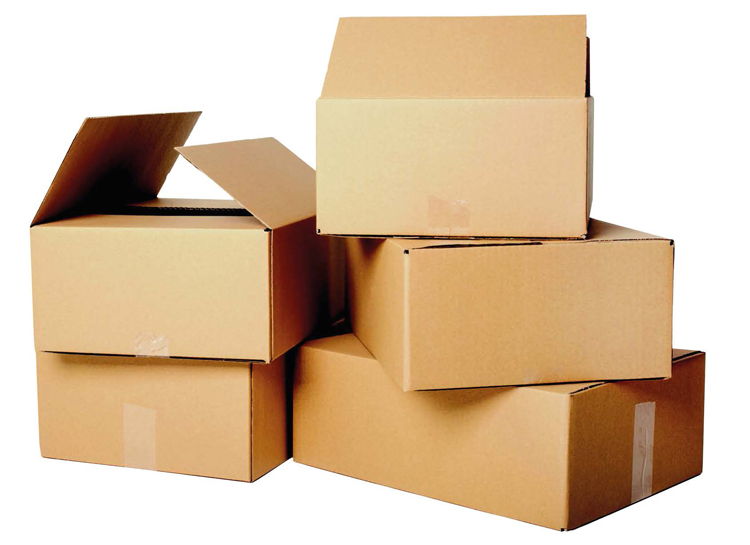
Let us now talk about a material that thanks to its intrinsic properties is nearly perfect: aluminium. Recyclable ad infinitum with minimum energy consumption compared to the virgin material, aluminium offers the most efficient recycling process if carried out sticking to rules. There are two types of collection: light and heavy multi-material collections. With the first, steel, aluminium and plastics are collected, the second, in addition to these materials, also included the collection of glass. Two systems equally sharing the total of collection technologies and, as far as metallic material separation is concerned, they work in a similar way. Ferrous material is separated using magnets while aluminium, through a magnetic induction separating system (Eddy Current Separator, ECS), is repulsed instead of being attracted like steel. In practice, a can jumps into the relevant container, nearly as if it had a mind of its own to be recycled. But sometimes things do not work out as they should. Depending on the efficiency of the process, something that is not aluminium “jumps” into the wrong container. This depends on plants but also on the incoming waste composition. Aluminium’s average impurity level detected is 4%, a very positive percentage since the threshold above which the material must be reprocessed is 5%. Once in the smelting works, the metal is analysed, pre-treated (heated to around 500 °C) to eliminate substances adhering to the packaging, such as paints, and then proceeds to the real melting at 800 °C resulting in the production of bars whose quality is similar to that of the virgin material. “Aluminium alloys could pose a problem,” says Stefano Stellini, CIAL Communication Manager, the aluminium packaging consortium. “Aluminium scrap is made of several alloys mixed during melting in order to obtain aluminium of the desired quality. This is a well-established practice because smelting works specialize according to market segmentation, for instance they know how to mix different qualities for the car industry.” Aluminium has also another characteristic: when it touches other waste materials, it does not undergo chemical or physical changes. So aluminium can be recovered also from mechanical biological (MBT) systems that separate dry and wet waste as well as from incinerators’ bottom ash. The main problem with aluminium is the extra costs incurred in the extra passage through the selection process due to the impurity of the incoming material.
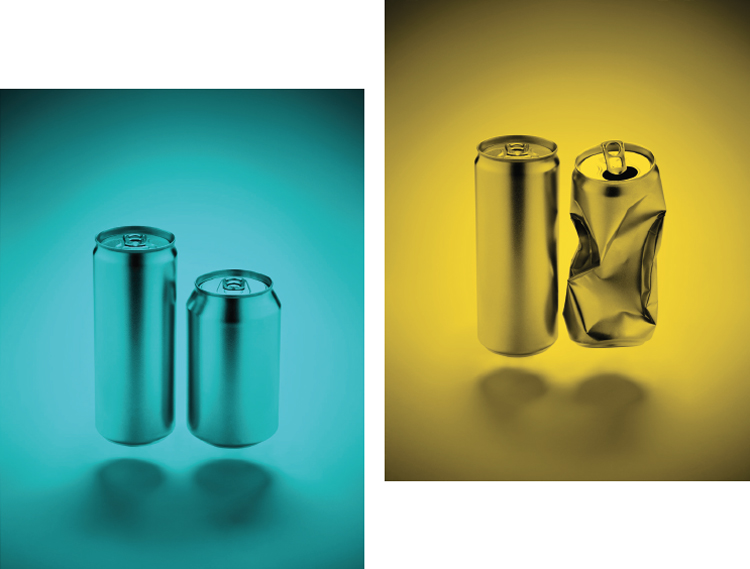
Let us move on to a different metal, one that has shaped history: steel. As far as material recovery is concerned, the steel supply chain is in pole position: 70% of steel produced derives from recovery. Even from a separate collection quality point of view it does not create problems in the next steps, about 90% is sent for recycling. Things change for the fraction deriving from mixed waste. In this case, the iron remover drags with the ferrous material anything that sticks to it. Thus the foreign component is higher and in order to achieve a good quality a more complex process is needed. Another supply chain of steel is that from combusted iron, extracted from incinerators’ bottom ash. In this case there is an impurity share deriving from ash remaining on the metallic surface and we must also take into account the incidence of oxidation making the material less appealing on the market.
Quantity wise, in Italy the average per capita annual collection is good. In Northern Italy, collection exceeds 3 kg per person, an excellent result; in Central and Southern Italy it varies between 1 and 3 kg with two exceptions, two regions poles apart, Sicily and Valle d’Aosta collect less than 1 kg per person.
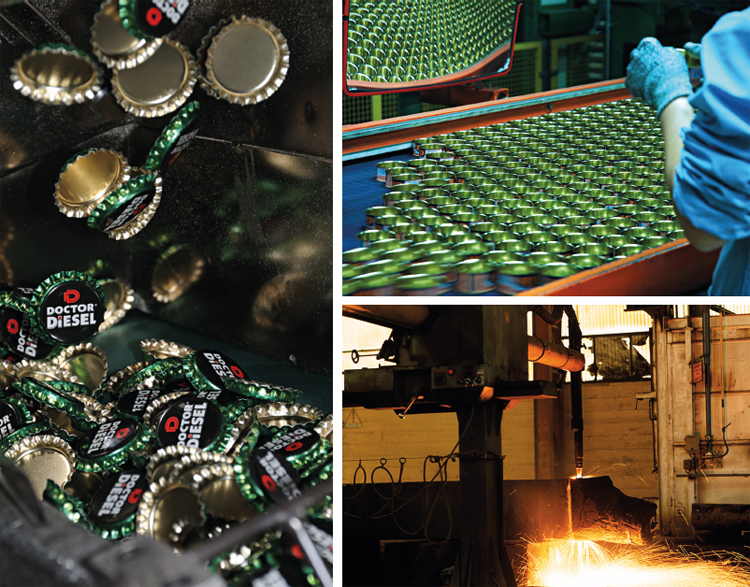
“We must develop collection through a mix of communication, investments and means in order to help municipalities that must be prepared to invest,” says Rocco Andrea Iascone, in charge of Ricrea Consortium Communication and External Relations. “We can also use new initiatives, such as the development of local circular recycling, thus reducing transportation in the recycling supply chain.”
In this case, it is also easier for citizens to use separate collection appropriately since they know the use of the material and they clearly understand its cycle. “In Sicily, we managed to keep the material in the area thus creating a nearly local cycle,” says Luca Mattoni, in charge of Ricrea Technical Department. “On top of it, the added value was created by a local plant that installed the equipment to obtain a product suitable for the local steelworks promoting targeted collection at local level.” This resulted in a good recycling system that cuts transportation to a minimum. But quality guarantee, whatever it is, still represents a major problem, also because in steelworks it is possible to change the quality of a product according to its end use.
New technologies, thanks to the establishment of recycling supply chains, can be developed and adopted with good results. They include packaging shredding with small mills much better suited than big ones. The advantage of smaller plants is to be able to fine adjust production to the incoming material.
These plants are spreading. It is a sign that those involved are paying more and more attention to materials deriving from separate collection. It is like discovering new urban mines.
From Collection to the New Product: As the Original, Better than the Original
Let us continue our journey through the quality of recycling and meet the next players in this supply chain, those who receive the product and give it a new life by obtaining a product with a quality equal or higher than the starting one. Lubricating oil, for instance. Viscolube is one of the most active companies in the regeneration of lubricating oils and has worked in this sector for decades, certifying the whole supply chain, marketing a product with an environmental label. “Today the quality of incoming oil has a very important impact on the quality of the outgoing product because the increase of pollutants in the oil used, in theory, could lead to the production of lower quality base oil,” says Marco Codognola, in charge of Viscolube Environment Department. “This is where technology kicks in, in the sense what in theory can be assumed, that is the lowering of quality of the product, can be offset by a series of targeted technologies that, regardless of quality variations of the incoming product, can correct these imbalances and guarantee an end product with the characteristics agreed with clients, offering them a regenerated end product with the same characteristics as the virgin product. And this is our benchmark.” Technologies and know-how gained over the years that are now becoming essential in our processes. Once again, this is a very important aspect because the development and the chances of the circular economy depend on the quality of the output and the preservation of the value chain. Let us go into details. An example: to eliminate the most volatile substances we must intervene on distillation columns in order to obtain a lubricant meeting market expectations. Saponification value is another important element, that is the quantity of fat in the incoming material, a factor adversely affecting lubricant performance. To remove these substances, a series of chemical treatments is used, centrifugation and filtration must be adjusted according to the quantity of the incoming pollutant. These and other processes, such as hydrorefining catalysts, have been developed to reduce the quantity of non-usable used oil, a dangerous substance that can only be burnt. This opens up a topic linked both to regulations and collection. The fact that used oil is considered hazardous waste is an advantage, it means that a lot of attention and protection must go into the first stage of the supply chain: collection. Legal parameters regulating regenerable used oils are very strict but allow most of the used oil collected to be regenerated thanks to the widespread work of COOU (“compulsory consortium for used oils”), collecting companies carry out accurate selection and collection, this means that most collected oils are within the legal parameters for regeneration. In the field of used oils, lawmakers wanted to set limits on impurity, not for technical reasons but to avoid the “inaccurate” use in the regeneration supply chain. Lawmakers’ intention was to set a clear limit between what can enter the supply chain and what must end up as waste. So the output is almost identical to that coming from refineries treating virgin fossil products.
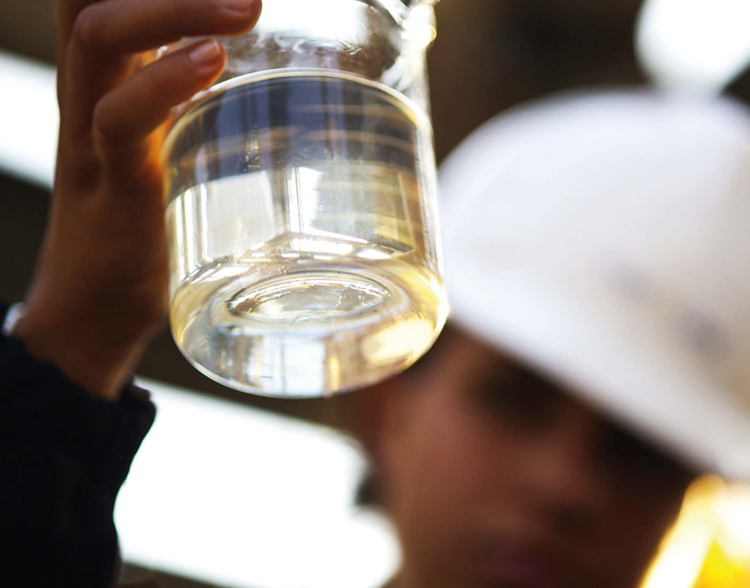
So, is this a perfect system? Not exactly because despite the excellent results achieved there is still room for improvement. From a collection point of view, if the upstream process were even more selective, with greater attention paid to separation by initial producers, the downstream process would definitely enjoy better quality products. “This would mean lower regeneration costs, while the quality would stay the same. That is excellent,” carries on Codognola. “Maintaining a high output level is possible thanks to technology.” Thus, even in a specialized sector such as that of used oils it is still possible to do more without being carried away by the high quality of the end product. Increasing return of the industrial activity in sectors linked to the circular economy means allowing companies to invest in research and development and devise innovative practices and technologies able to broaden the very base of the circular economy, making the end product even more competitive, in this case compared to base oils from virgin fossil materials. But we can also change processes in order to improve the supply chain without excessive costs. In the engine oil chain, there is already a good separation process in place, staring from garages that separate oils accurately. In case of industrial oils, storage companies sometimes mix emulsions, washing and process water with used lubricants.
We are nearly at the end of our journey. That is the stage where a mutation takes place: the transformation of waste into something different and more valuable. We will be talking about upcycling and we are going to do it with a material with an excellent recycling record: paper. Paper made in Bassano del Grappa by Favini, a historical paper mill, where besides using recycled cellulose fibre, they also use residues, or better by-products, deriving from radically different supply chains.
“First, we must regard these residues as ordinary raw materials that we buy,” says Achille Monegato, head of Favini R&D. “These materials must have some specifications in order to determine fixed and precise characteristics of our supply.” And here we get to a crucial stage in our journey where processing by-products rise up to raw material level. In this context, controlling the quality of incoming raw materials is essential.
“It is necessary to analyse all characteristics, making sure the crucial ones are met, and establish an acceptable range,” carries on Monegato. “In order to assure a determined quality of the output. As far as we are concerned, parameters such as colour, granulometry, moisture content, water-soluble fraction and other characteristics must be constant.”
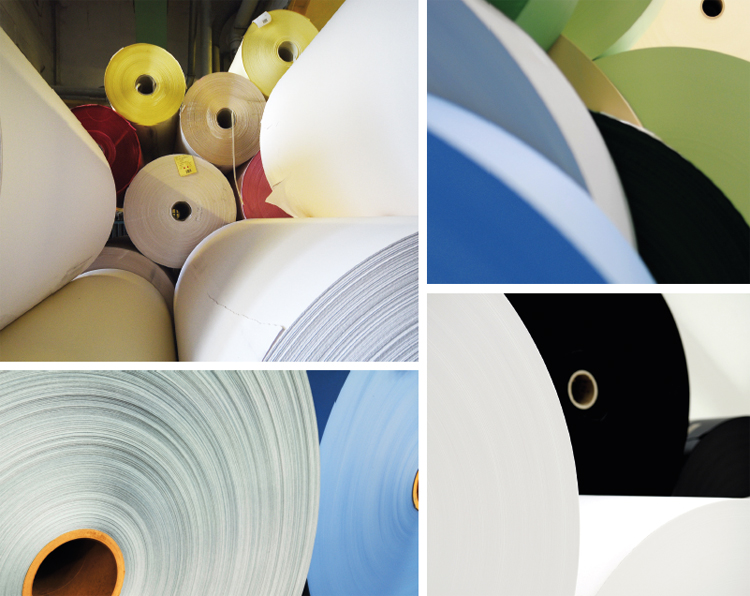
All this call for choices, as is the case with the leather that Favini uses for Remake paper. Not all leather scraps are the same and vary according to the type of tanning. Chromium, tannin or wet white tannings produce scraps with different characteristics and thus the choice must be carried out by identifying by-products according to the supply chain they come from. “To upcycle, but above all to find new solutions, you need knowledge,” continues Monegato, “Knowledge, knowledge and more knowledge: this is what you need. Not just of one manufacturing sector, but of many fields and of various supply chains.”
But there are problems that we could define intrinsic from a supply point of view, especially because we are talking about by-products that are naturally variable, such is the case with citrus fruit processing by-products whose colour is not constant. Fruits picked in November have a different colour from those picked in March due to different beta-carotene concentrations.
And this becomes a problem when the citrus pulp, that is the residue form processing, is used to make paper or fabrics. To avoid this, the residue must contain a precise percentage of beta-carotene already set in the specifications. It is thus crucial to use raw materials picked in a certain period and this means that both parties, supplier and product user, must be aware of all this. Crossed knowledge of supply chains introduces another problem: industrial know-how protection. On the one hand, there is the legitimate concern about the protection of the know-how deriving from investment in R&D, on the other we must take into consideration the development and spreading of these practices that could act as a driving force for the circular economy. We are still at the beginning of these processes, but in the near future we will have to strike a balance between these different needs.
But let us talk about the crossing between supply chains and by-products’ specifications with another example from Favini’s experience. “Grape pomace (used by Favini to make the box of Veuve Clicquot’s organic champagne line, editor’s note) for instance, can have four different uses,” concludes Monegato. “In the first case, it is not even dried and is used as fertilizer, while in the second case – by drying it – it has three other uses. The first is energy production though combustion, the second is that of using it as supplement in animal feed and the third is that of using it to make paper.” Thus, by adding a processing step – drying – we can expand the uses and the market of a by-product. By-product adaptation can thus become market leverage.
The quality of recycling that we have considered from many points of view is – and will be – one of the core issues in the development of the circular economy. We must adopt the same approach used for non-renewable resources, for two good reasons: the need to adopt circular economy elements in existing production chains as well as the need to limit to a minimum the extra costs deriving from the use of materials from recycling.
Underestimating these aspects could create serious obstacles to the onset of a real circular economy.
S. Faccioli, “Looking After Green Spaces with GPP,” Renewable Matter n. 12, September-October 2016; www.renewablematter.eu/art/255/Looking_After_Green_Spaces_with_GPP
S. Ferraris, “Cardboard Beats Decay,” Renewable Matter n. 5, August 2015; www.renewablematter.eu/art/116/Cardboard_Beats_Decay
Info


